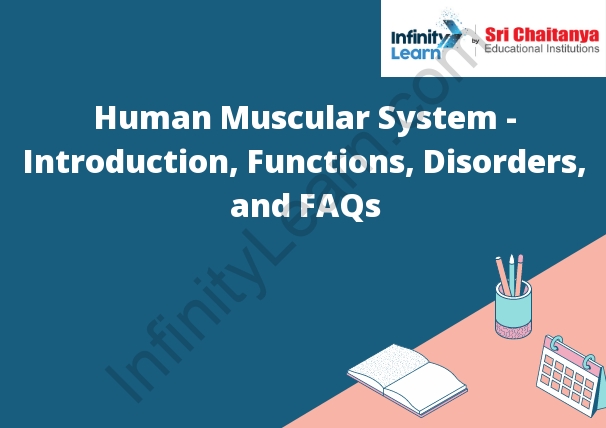Table of Contents
Introduction;
Methods; Results; Discussion
Introduction
The aim of this study was to investigate the relationship between physical activity and academic achievement in adolescents. The study used a cross-sectional design to survey a sample of adolescents from two secondary schools in Ireland.
Methods
The study participants were from two secondary schools in Ireland. A total of 535 adolescents completed a self-report questionnaire which measured physical activity (PA) and academic achievement (AA).
Results
The study found that there was a positive relationship between PA and AA. The study also found that there was a positive relationship between vigorous PA and AA.
Discussion
The study found that there was a positive relationship between PA and AA. The study also found that there was a positive relationship between vigorous PA and AA. The study provides evidence that PA is positively related to academic achievement in adolescents.

Muscles
Muscles are composed of proteins and are responsible for the movement of the body. Muscles are attached to bones by tendons. Muscles work by contracting and relaxing. When a muscle contracts, it shortens and pulls on the bone to which it is attached.
Main Functions of the Human Muscular System
The human muscular system has three main functions: support, movement and heat production.
The muscular system supports the body by holding it up against the force of gravity. Muscles also produce movement by contracting to generate force that can move the body or parts of the body. Finally, muscles produce heat as a by-product of their activity, which helps to maintain the body’s internal temperature.
Muscle Disorders
There are many types of muscle disorders, each with its own set of symptoms. Some common muscle disorders include:
Myasthenia gravis: This is a condition that results in muscle weakness and difficulty breathing.
Amyotrophic lateral sclerosis (ALS): This is a progressive neurodegenerative disease that leads to muscle weakness and eventual paralysis.
Muscular dystrophy: This is a group of hereditary diseases that cause progressive muscle weakness and loss of muscle tissue.
Tetanus: This is a rare, but potentially deadly, infection that causes muscle spasms and rigidity.
If you are experiencing unexplained muscle weakness, difficulty breathing, or other unexplained symptoms, you should consult with your doctor. He or she will be able to diagnose the cause of your symptoms and recommend appropriate treatment.
Facts About Muscular System
1. The muscular system is responsible for the movement of the body.
2. There are three types of muscles in the body: skeletal, cardiac, and smooth.
3. Skeletal muscles are attached to bones and are responsible for voluntary movement.
4. Cardiac muscles are found in the heart and are responsible for the contraction of the heart.
5. Smooth muscles are found in the walls of organs and are responsible for involuntary movement.
6. Muscles are made up of muscle fibers.
7. Muscle fibers are made up of muscle cells.
8. Muscle cells are made up of myofibrils.
9. Myofibrils are made up of sarcomeres.
10. Sarcomeres are made up of actin and myosin.







